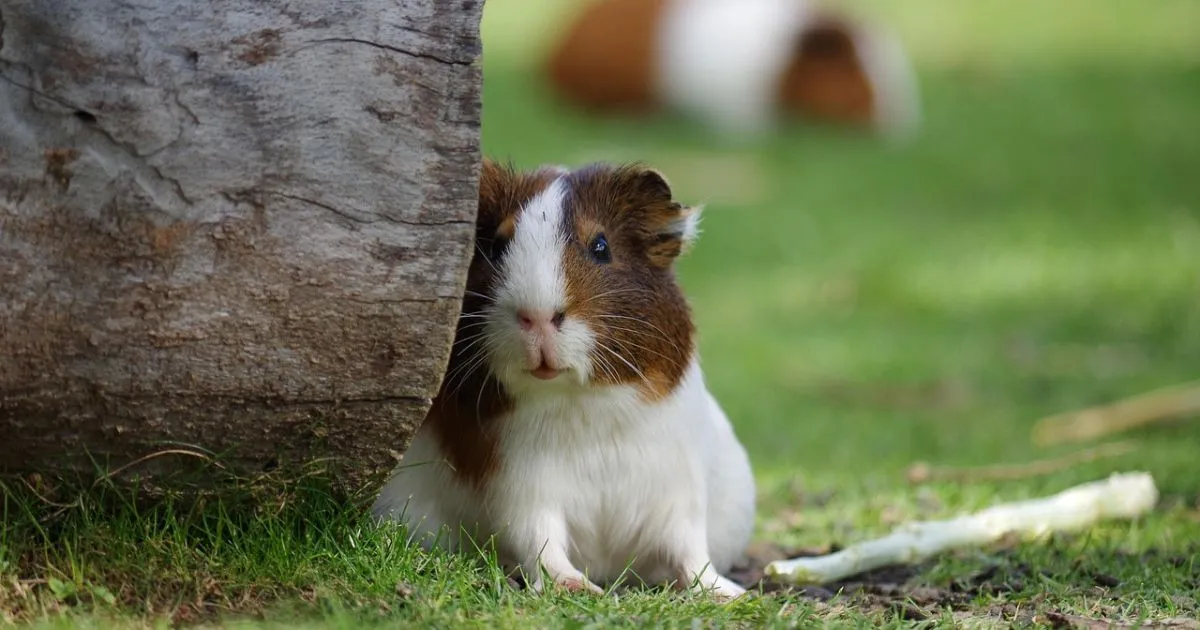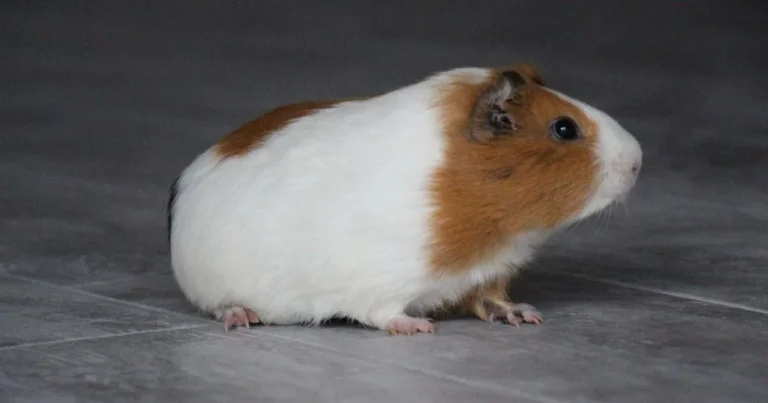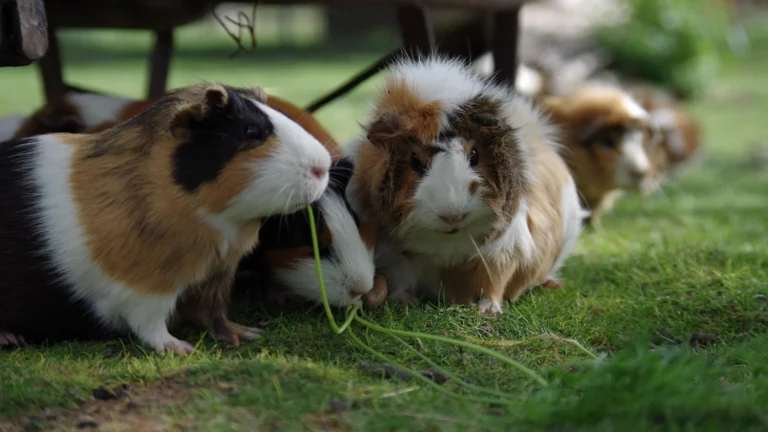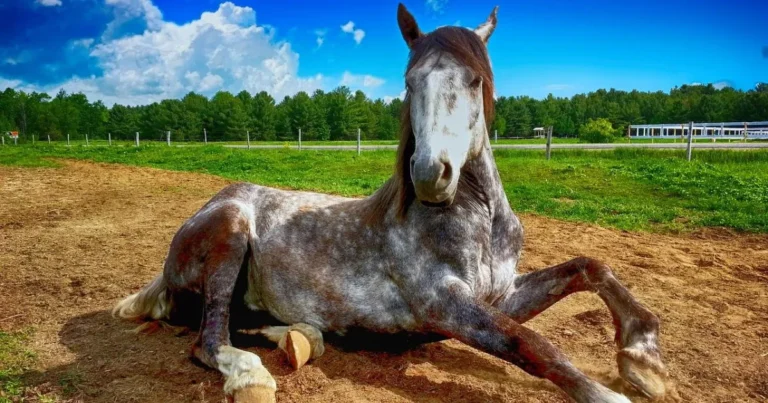Average Hamster Lifespan and Best Care Practices
Table of Contents
Average Hamster Lifespan
Getting a hamster means knowing their special care needs and how long they live. Most hamsters live about 2 years. This can vary based on their breed and how well they are cared for.
Syrian hamsters usually live a bit longer than dwarf breeds. Studies from the Royal Veterinary College show hamsters live around 21 months on average. Taking good care of your hamster can really help them live longer and stay healthy.
Each hamster species is different, affecting their lifespan. Things like their genes, diet, home, and daily care are key. Learning about these can help you give your hamster the best life.
Knowing what your hamster needs helps you create a caring home. This guide will show you how to keep your hamster happy and healthy for a long time.
Understanding Hamster Life Expectancy
When you bring a hamster home, knowing how long they live is key. These small friends have traits that affect their life span and health.
Hamster lifespans vary based on several important factors. Your pet’s genes, diet, living space, and behavior all matter. They all play a part in how long they’ll live.
Different Hamster Species Lifespans
Each hamster type lives a different amount of time:
- Syrian hamsters: 2-3 years
- Dwarf hamsters: 1.5-2 years
- Roborovski hamsters: Up to 3-4 years
Wild vs. Pet Hamster Longevity
Wild hamsters don’t live as long as pet ones. In the wild, they face many dangers like predators and harsh weather.
Pet hamsters get better care. They have a steady diet, a safe home, and vet visits. These things help them live longer.
Factors Affecting Lifespan
Several things can affect a hamster’s health and how long they live:
- Genetics: Their genes can tell us how long they might live
- Nutrition: Eating right keeps them healthy
- Stress levels: Less stress means a longer life
- Living conditions: A clean, right-sized home is crucial
Knowing these factors can help your hamster live a long, happy life. It might even mean they get to stay with you longer.
Essential Hamster Housing Requirements
Creating the perfect home for your hamster is all about planning and detail. Your furry friend needs a safe, comfy, and fun place to live. The right hamster housing can greatly improve their life.
Cage Size and Material Selection
Choosing the right cage is key for your hamster’s health. Your hamster needs a big enough space to move around naturally. The cage should be at least 1 foot by 2 feet tall.
Good materials include:
- Glass aquariums with secure ventilation
- Wire cages with narrow bar spacing
- Plastic habitats with multiple levels
Temperature and Location Considerations
Hamster housing needs the right temperature. The best temperature is between 75 and 85°F. Don’t put the cage in direct sunlight or drafty windows.
Here are some tips for placement:
- Keep away from direct air conditioning vents
- Maintain a consistent room temperature
- Protect from loud noises and high-traffic areas
Bedding and Substrate Options
Choosing the right bedding is crucial for your hamster’s comfort. Each bedding has its own benefits:
| Bedding Type | Pros | Cons |
|---|---|---|
| Paper-based bedding | Soft, absorbent, low dust | Can be more expensive |
| Wood shavings | Affordable, good odor control | Some types can be irritating |
| Aspen shavings | Safe, natural material | Less absorbent than other options |
“A happy hamster is a well-housed hamster” – Veterinary Experts
Pro tip: Clean and replace bedding often to keep your hamster’s home healthy.
Hamster Care and Daily Maintenance
Proper hamster care means paying attention to your pet’s daily needs. Hamsters are naturally clean and spend a lot of time grooming themselves. Knowing the basics of routine care will keep your hamster healthy and happy.
Daily hamster care includes several important tasks:
- Check food and water supplies
- Spot clean the cage
- Observe your hamster’s behavior and health
- Provide fresh bedding
Hamster grooming is mostly self-managed. Unlike other pets, hamsters don’t need frequent baths. Water baths can actually be harmful to their delicate skin and fur. Instead, use a soft, slightly damp cloth for gentle spot cleaning if needed.
| Grooming Task | Frequency | Method |
|---|---|---|
| Fur Cleaning | As needed | Soft, damp cloth |
| Cage Cleaning | Daily spot clean | Remove soiled bedding |
| Deep Cage Clean | Weekly | Complete bedding replacement |
“A clean hamster is a happy hamster” – Professional Veterinary Advice
Watch your hamster’s nails and teeth closely. They usually take care of these themselves, but you should check sometimes. If you see overgrown nails or dental problems, see a vet who knows about small animals.
Nutrition and Feeding Guidelines
Creating the perfect hamster diet is key to their health and happiness. It’s important to know what nutrients they need. This ensures your small friend lives a long and joyful life.
Hamsters eat a mix of foods because they are omnivores. Their diet changes as they grow. So, your hamster supplies should include a nutrition plan tailored to their needs.
Basic Diet Requirements
A good hamster diet includes:
- High-quality commercial hamster pellets (main food)
- Seed mixes made just for hamsters
- Small bits of protein-rich foods
Fresh Food Supplements
Fresh foods add important nutrients and variety to their diet:
- Vegetables: Carrots, cucumber, broccoli
- Fruits: Apple (without seeds), pear, melon (in tiny amounts)
- Lean protein like boiled egg or mealworms
Feeding Schedule and Portions
It’s crucial to control how much food they eat. Adult hamsters need:
- 1-2 tablespoons of pellets every day
- Small amounts of fresh foods (1-2 teaspoons)
- Fresh water changed every day
Keep an eye on your hamster’s weight and adjust food amounts as needed. Too much food can cause obesity and health issues.
Pro tip: Introduce new foods slowly and watch for any bad reactions.
Exercise and Environmental Enrichment
Keeping your hamster active and mentally stimulated is key for their health and happiness. It’s not just about moving around. It’s about creating a fun environment that meets their natural needs.
Different hamster toys are crucial for their physical activity. The right toys can turn their cage into a fun playground. Here are some essential items for hamster exercise:
- Exercise Wheels: Choose wheels with a diameter of at least 28 cm to ensure proper running posture
- Tunnels and tubes for exploring
- Climbing structures that mimic natural habitats
- Foraging toys that encourage mental stimulation
When picking hamster toys, look for safety and durability. Wooden chew toys are good for their teeth and fun. Plastic exercise balls let them explore safely outside their cage.
Make their habitat dynamic to keep them moving. Change their toys often to keep them interested. Regular exercise helps prevent obesity and keeps them happy and healthy.
“A stimulated hamster is a happy hamster!” – Veterinary Experts
By providing fun exercise, you’ll have a happier, healthier hamster as a pet.
Health Monitoring and Common Issues
Keeping your hamster healthy means watching them closely and acting fast. Knowing about health risks helps keep your pet safe and happy for a long time. It’s important to watch them closely and take steps to prevent problems.
Signs of Illness to Watch For
Hamsters can get sick fast, so spotting early signs is key. Look out for these signs of health issues:
- Unusual lethargy or decreased activity
- Changes in eating or drinking habits
- Visible weight loss or gain
- Wet or matted fur
- Discharge from eyes or nose
- Unusual bumps or skin changes
Preventive Care Measures
Preventing health problems is easier than treating them. Here are some important steps:
- Maintain a clean habitat
- Provide balanced nutrition
- Ensure regular exercise
- Monitor temperature and humidity
- Handle your hamster gently
When to Visit a Vet
Some health issues need a vet’s help. If you see these signs, it’s time to visit:
| Symptom | Urgency Level |
|---|---|
| Persistent diarrhea | High |
| Respiratory difficulties | High |
| Significant weight loss | Medium |
| Overgrown teeth | Medium |
“Early detection and prompt treatment are the best ways to ensure your hamster’s long-term health and happiness.” – Veterinary Small Animal Specialists
Remember, your attentive care plays a critical role in maintaining your hamster’s overall well-being and preventing serious health complications.
Grooming and Hygiene Practices
Hamster grooming is key to keeping your pet healthy. These small animals are naturally clean and spend a lot of time grooming themselves. But, they sometimes need a little help to stay clean.
Here are some important grooming practices for your hamster:
- Regular nail maintenance
- Coat inspection
- Gentle cleaning techniques
- Dental health monitoring
Trimming your hamster’s nails is very important. Long nails can hurt and cause problems. Use small clippers and be very careful not to cut too short. If you’re unsure, ask a vet who knows about small pets.
Checking your hamster’s coat is also important. Look for mats, skin issues, or parasites. A soft brush can help remove loose fur and keep their coat in good shape. Hamsters also love to clean themselves in sand baths.
Even though hamsters groom themselves well, sometimes they need a little help. Use a soft, damp cloth to gently clean them. Be careful not to scare them.
Don’t forget about your hamster’s dental health. Give them wooden chew toys to help keep their teeth trimmed and healthy.
Life Stages and Development
Knowing the life stages of hamsters is key to giving them the best care. These small pets go through different phases that need special attention. It’s important to understand their behavior at each stage.
From Birth to Maturity
Hamsters grow fast. At birth, they are blind and hairless, needing their mom a lot. By two weeks, they start to grow fur and open their eyes. Here are some important milestones:
- Birth to 2 weeks: Completely dependent on mother
- 2-4 weeks: Fur growth and eye opening
- 4-6 weeks: Sexual maturity begins
- 4 months: Full physical maturity
Adult Stage Characteristics
Adult hamsters show unique behaviors. They become more independent and mark their territory. They need:
- Consistent exercise opportunities
- Balanced nutrition
- Regular social interaction
- Mental stimulation through enrichment activities
Senior Care Requirements
As hamsters get older, their needs change. Around 18-20 months, they are considered seniors. They need special care:
| Age Stage | Care Recommendations |
|---|---|
| 18-24 months | Softer bedding, reduced cage complexity |
| 24+ months | Increased veterinary monitoring, gentler handling |
Understanding these life stages helps you care for your hamster well from start to finish.
Creating the Perfect Habitat
Creating a great home for your hamster takes careful planning. They need a cozy and fun space that fits their needs. The right supplies can turn a simple cage into a happy place for your pet.
Here are key things to think about for hamster housing:
- Spacious cage with proper ventilation
- Secure, escape-proof enclosure
- Soft, absorbent bedding materials
- Multiple hiding spots
- Exercise wheel for daily activity
Make sure you have these important items for a complete habitat:
- Food and water accessories
- Heavy ceramic food bowl
- Leak-proof water bottle
- Enrichment items
- Chew toys for dental health
- Tunnels and climbing structures
- Interactive puzzle feeders
Where you put the hamster’s home is very important. Pick a quiet spot away from sunlight, drafts, and loud sounds. Keep the room temperature between 65-75°F for your hamster’s comfort.
“A well-designed habitat is the foundation of a happy, healthy hamster” – Veterinary Hamster Experts
Don’t forget to keep the habitat clean and fresh. Change the bedding, wash the accessories, and check the cage for safety. Your care will help your hamster thrive.
Conclusion
Hamster care is more than just a duty. It’s a chance to give a loving home to a small but amazing friend. By knowing about hamster lifespan and caring well, you can help your furry friend live a long and happy life.
The secret to great hamster care is a complete environment that meets their physical, nutritional, and emotional needs. Choosing the right home, feeding them well, and keeping them healthy are all important. Regular check-ups, exercise, and grooming keep your hamster happy and lively.
Every hamster is different, with its own needs and personality. Learning and following the best care practices greatly improves your pet’s life. With patience, research, and real care, you can create a safe, fun, and loving home for your hamster from birth to old age.
Spending time to understand your hamster’s needs brings joy and a sense of fulfillment. Your hard work in hamster care leads to a happy and healthy relationship with your small pet.







